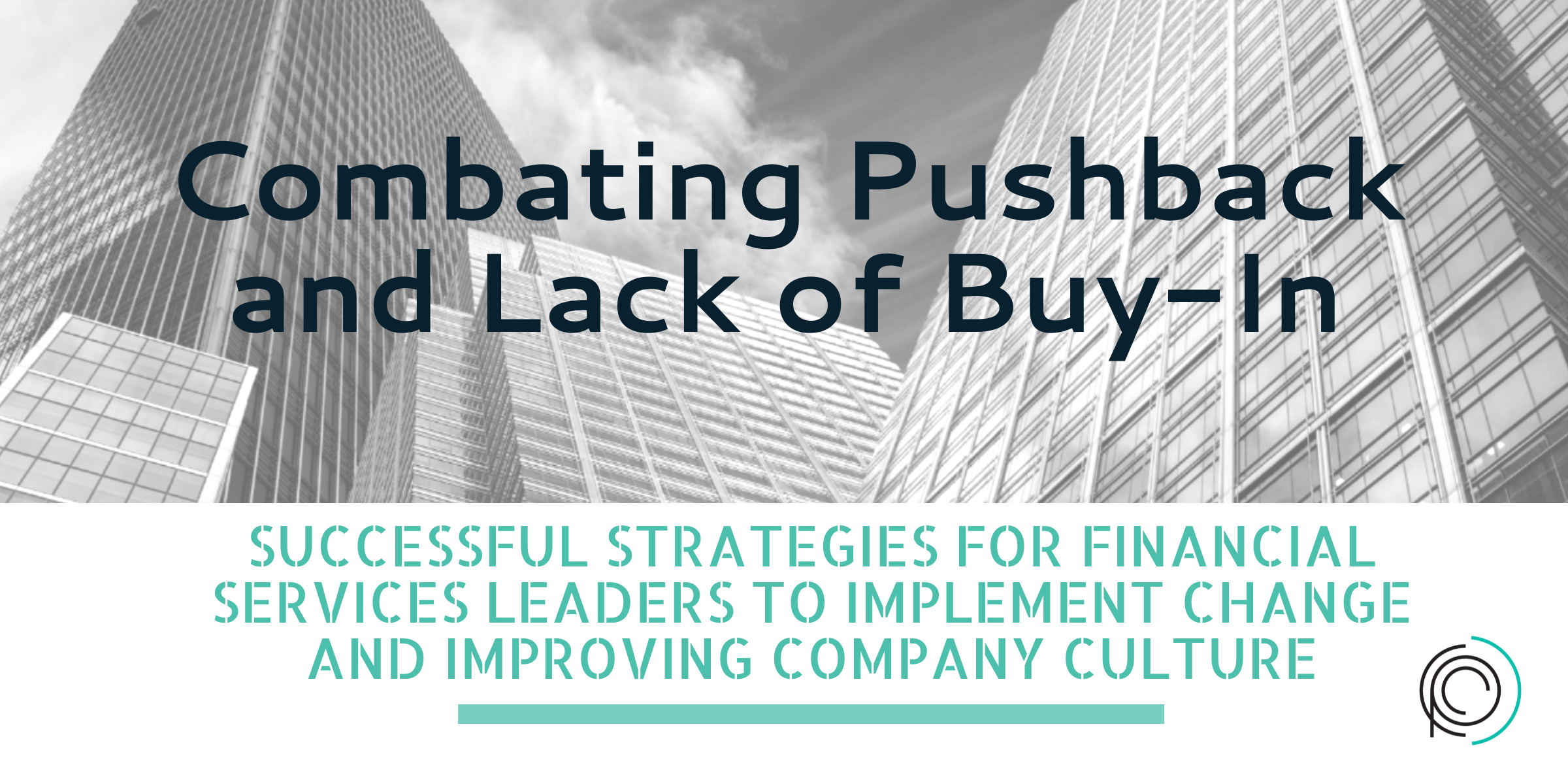The Consumer Assessment of Healthcare Providers & Systems (CAHPS) score is a vital marker for hospital networks to get paid by Medicare and Medicaid patients. If you pride yourself on offering a great service you might assume you’ll automatically get a great score — but sometimes, things that were not even related to the physician’s care end up affecting the facility’s CAHPS Score. In the wake of a disappointing score, it can be tough to figure out what patients are really basing their survey responses on or whether or not they understand which visit and doctor the survey is referring to. As we all know if given the opportunity when something goes wrong a patient will take any opportunity to express the issue, even if that survey doesn’t reference the visit, you want it to.
Facilities and leadership often utilize CAHPS (Consumer Assessment of Healthcare Providers and Systems) scores as a valuable learning tool to enhance future practices and services. By enhancing communication strategies with patients regarding the survey, healthcare providers can potentially boost the overall response rate and glean more insightful feedback. Understanding patient preferences and needs is crucial, and while challenging, healthcare providers strive to align their services with patient expectations to ensure optimal care delivery.
Boosting your CAHPS (Consumer Assessment of Healthcare Providers and Systems) scores doesn’t require mind-reading abilities. By analyzing data, empathizing with the patient’s experience, and carefully reviewing their feedback, actionable improvement steps can be identified. While it may sound oversimplified initially, I’ll delve into the intricacies of this approach.
Focus on patient experience
Over the last few years, the Centers for Medicare and Medicaid Services has put more emphasis on questions that discern patient satisfaction and experience. While member experience accounted for 37% of the rating in 2021, this rose to 60% in 2022 — and it’s set to reach 57% in 2023. Covid has skewed some of these numbers, but we are really talking about how to improve your scores in general, with current circumstances as a factor but not necessarily the only factor.
Initially, uncovering the root cause of any gaps may appear daunting — after all, you can’t directly inquire with survey participants since they submit responses anonymously. However, this challenge can be viewed as an opportunity to delve deeper into the data collected through the survey. By meticulously analyzing the responses and patterns, you can gradually connect the dots and extract valuable insights that might not be immediately obvious. This process of data interpretation not only reveals the underlying issues but also paves the way for informed decision-making and strategic improvements.
Dig into the data
We know that the CAHPS survey asks patients about the following:
- Chronic conditions
- Demographics
- Previous responses in mock surveys
- Did your provider address your concern
- Was the healthcare facility accessible
For example, you might notice that people with certain chronic conditions are less satisfied than the average person. This could suggest something is going wrong with the processes involved in the care for that decision. Then, you can then put the magnifying glass on that and figure out where the issues may lie.
Or you might come to the realization that individuals in an older age group tend to exhibit lower levels of satisfaction compared to younger demographics. This observation serves as an additional indicator of potential areas where improvements are needed. By identifying this disparity, you can align it with your existing processes and work towards making necessary adjustments for enhanced outcomes.
For this to work, you will also need to refer to your data. Get creative about what you use — you can pull from more than you might realize, from call recordings to past appeals to comments or reviews on social media accounts. If you are struggling to make sense of everything yourself, you can also turn to artificial intelligence to carry out the analysis for you.
While data analysis may not provide a definitive explanation for your rating with absolute certainty, it can offer valuable insights that guide you toward understanding the underlying factors influencing it. With a more holistic view of your performance, you can then take the necessary steps to improve your CAHPS scores and ultimately enhance patient satisfaction. This process will require patience, persistence, and open-mindedness as you navigate through the data and make improvements along the way.
Train your staff
Understanding what’s going wrong is only the initial stage in the process of making improvements. It is crucial to identify the root causes of the issues before taking action. In most cases, this actionable step will require implementing targeted training programs to upskill and empower your workforce effectively.
First, we need to train the team on how the CAHPS survey works, and what it asks, and make sure that everyone on the team understands how important it is to the facility if we want to get paid the maximum for services rendered. Knowing what they’re being critiqued on can often make a big difference in making little changes in their behavior, and it may help them to adopt the same language as the survey. This will give respondents a feeling of familiarity when filling in the survey, and it also ensures you avoid negative responses to policies and procedures set by the facility.
While most people in the healthcare space are a special kind of person, it’s always a good idea to remind the team to try their best to make each patient feel welcome and cared for — a little can go a long way.
Pay attention to your processes.
It may be worth asking yourself and your team if stress levels, poor planning, or a declining corporate culture have somehow contributed to the outcome. Is there something you can do to create an environment that will set them up for success? Maybe a way to make your processes more streamlined? Some of these can be low-hanging fruit you can adjust fairly quickly. The things that will require more resources and time should be escalated.
Shape up your communication
There’s nothing more frustrating for a patient than being left in the dark, unsure of what’s happening, or having to navigate different departments just to find out something as crucial as lab results. By providing a range of communication options like portal email, phone calls, in-person consultations, and even telehealth appointments, healthcare facilities can streamline access for patients, ensuring they can easily obtain the information they require. This approach not only enhances patient experience but also facilitates prompt responses to their CAHPS survey, ultimately fostering better patient-provider communication and care.
There’s always room for improvement
We understand that making a significant impact on CAHPS scores may appear daunting, but it is indeed achievable through experimentation and refinement. I believe that devising a concrete plan with measurable milestones and outcomes can effectively drive progress. The main challenge lies in the fact that there is often a lack of dedicated focus solely on enhancing CAHPS Scores, leading to a perpetually expanding list of tasks to address. However, with the right attitude and approach, you can make a positive impact on CAHPS scores, resulting in better patient satisfaction and overall healthcare outcomes. Remember — it’s not only about improving your ratings but also providing exceptional care to those who matter most: your patients. So start digging into your data today, training your staff for success, paying attention to processes, shaping up your communication, and always be open to continuous improvement. With determination and a commitment to excellence, you can elevate your CAHPS scores and provide top-notch care to all patients under your care. ˜
CAHPS scores are critical indicators of patient satisfaction, and they also serve as valuable tools for healthcare providers seeking to improve their services continually. As the healthcare landscape continues to evolve, it’s crucial to stay ahead of the game and adapt to changing patient needs and expectations. By utilizing data analysis, training staff, streamlining processes, improving communication, and always striving for improvement, providers can achieve higher CAHPS scores and ultimately deliver better care to their patients. It is a continuous journey that requires dedication and a willingness to learn and grow. So let’s continue to strive for excellence and provide the best possible healthcare experience for all patients. ˜
Let us also not forget the importance of recognizing and celebrating small wins along the way. As we make progress toward improving our CAHPS scores, it’s essential to acknowledge and celebrate even minor improvements as they are a testament to our dedication and hard work. These accomplishments also serve as motivation to keep pushing forward and reaching for even higher levels of patient satisfaction. So let’s remember to celebrate each step in our journey towards better CAHPS scores, as they all contribute to a more positive patient experience and ultimately better healthcare outcomes.
Organizations often have an idea as to what they believe are the gaps in the facilities but these are often just symptoms of larger and deeper issues. As consultants, we can help you map out where you may be going wrong and figure out how to improve. To find out more, book a free consultation today.







